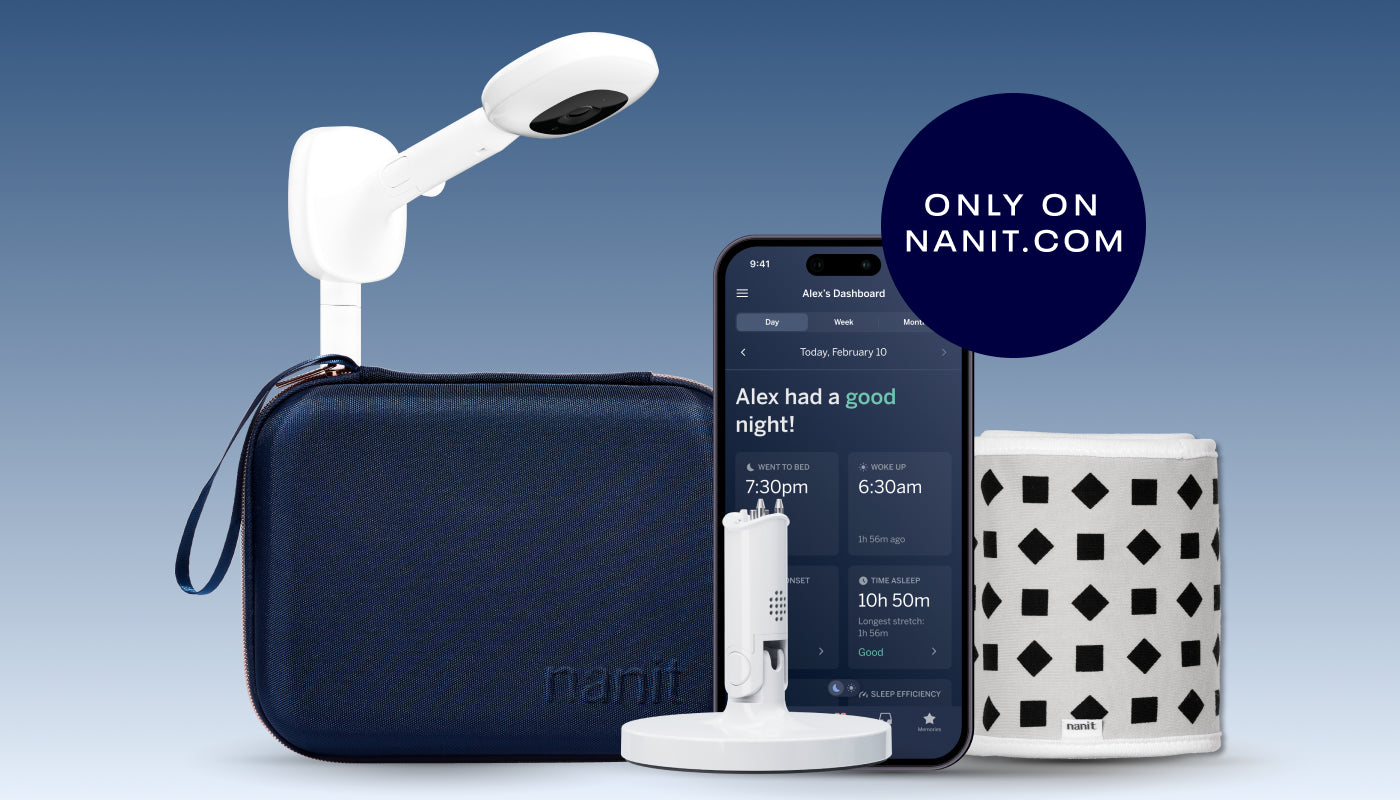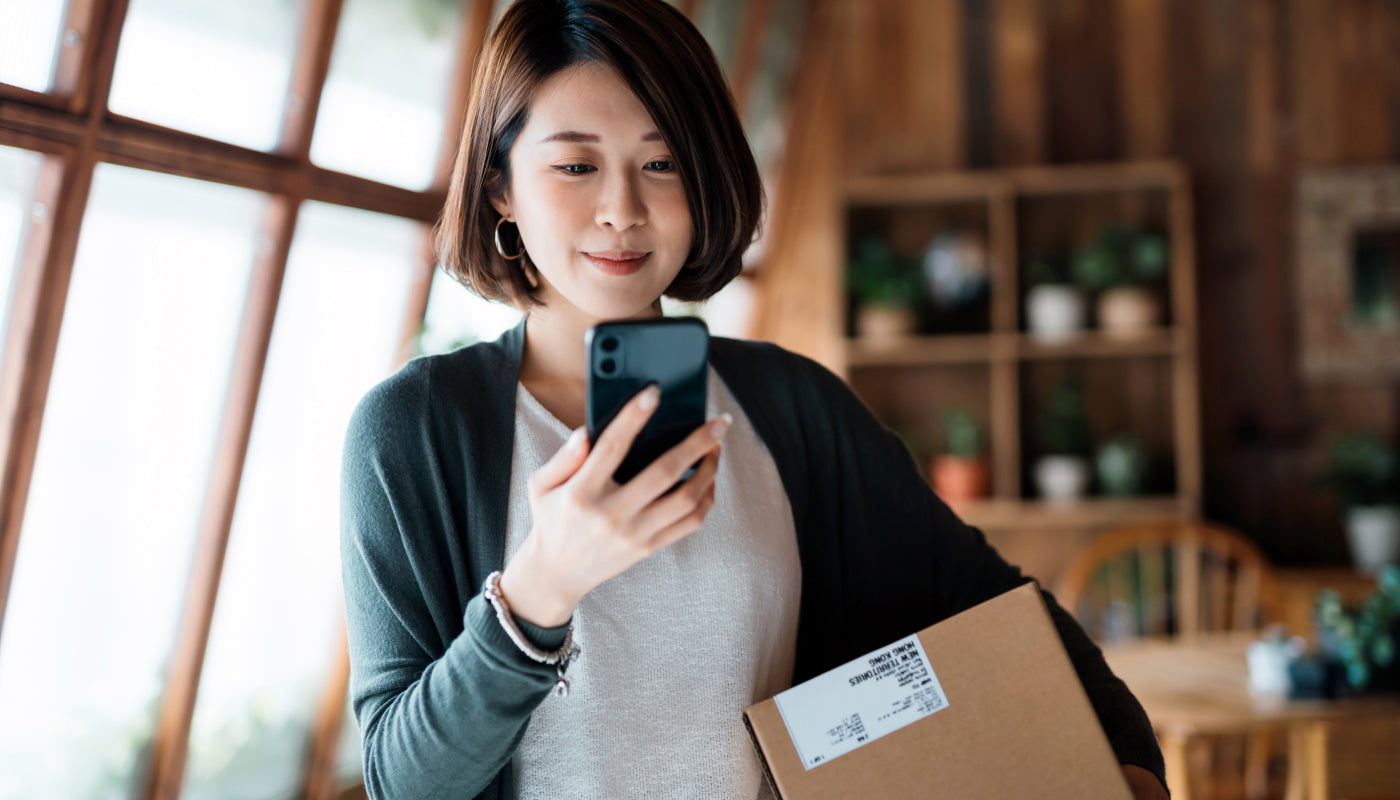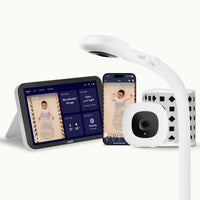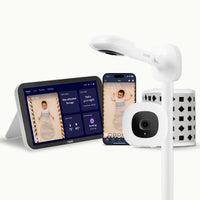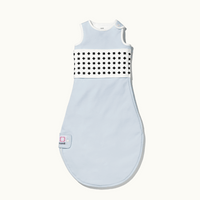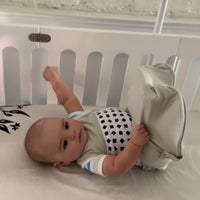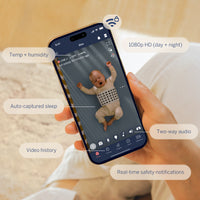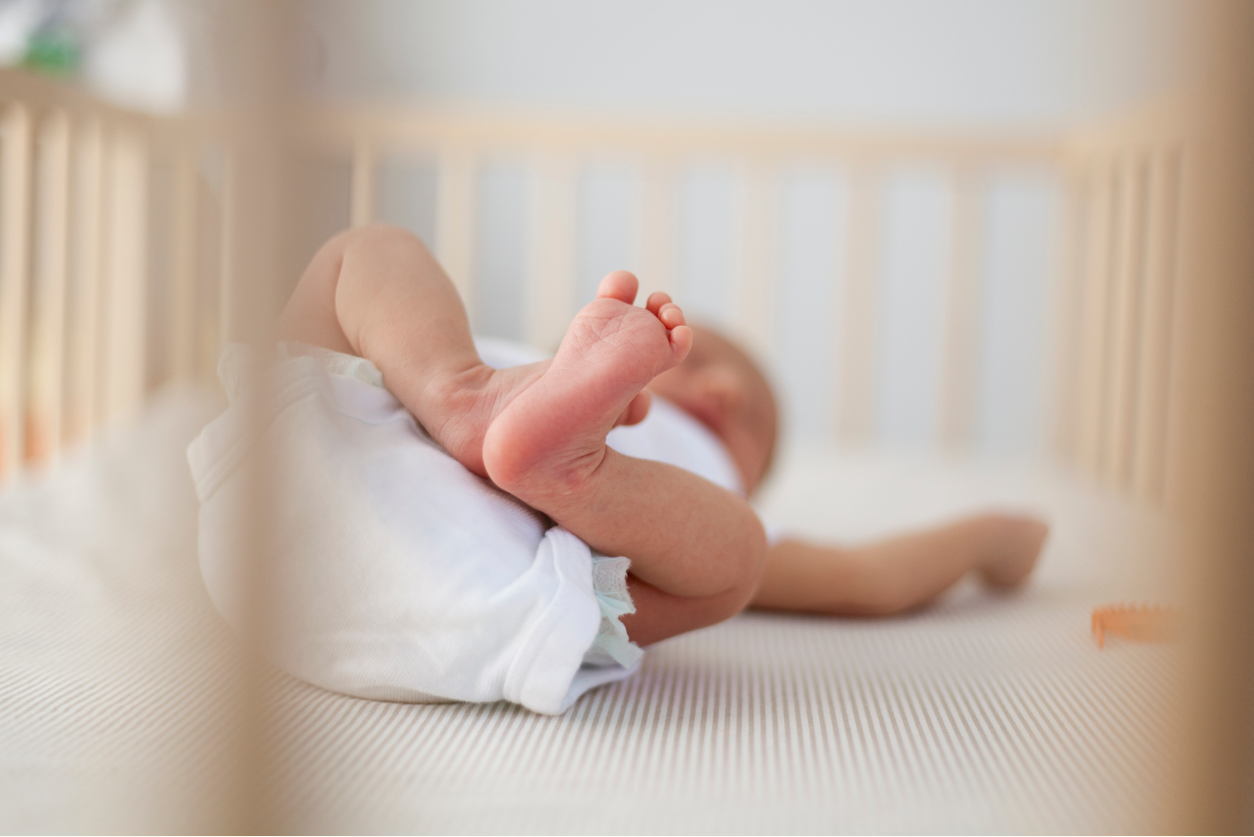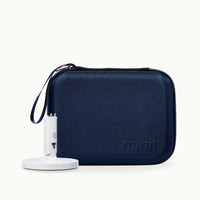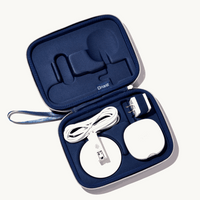Can you fly when pregnant? In the first trimester, the second, and/ or the third? Are there different rules if you’re having multiples? If you have questions about flying while pregnant, we’re here to help. With a bit of prep, flying during pregnancy is less stressful than it sounds. In fact, for many first-time parents, the months before birth are their last chance to have a relatively low-key getaway (enter: the babymoon – which we’ll get to later). Whether you’re planning the ultimate pre-baby vacation or a business trip, here are tips you need to know for a safe, comfortable flight while pregnant:
Tip 1: When Is The Best Time To Fly When Pregnant?
Travel during the first trimester of pregnancy can be a bit tricky. You might have to deal with the not-so-friendly morning sickness, and there's that added concern about the higher risk of miscarriage during this time. Although women with low-risk pregnancies can technically fly at any trimester, the second trimester is usually ideal. By then, your first-trimester morning sickness is likely a thing of the past, while third-trimester discomfort and nesting instincts haven’t fully kicked in yet. That’s a 14-week window for (moderate). As always, you’ll want to consult with your OB. International travel isn’t recommended after the 28-week mark (no one wants to be over an ocean should you need help), and pregnant women expecting multiples have stricter limitations.
Tip 2: What Should You Prep Before Boarding A Plane Pregnant?
Planes are known for many things, but comfort is not one of them. Double up your packing game to make the flight as enjoyable as possible. You can even use packing cubes to make your packing more convenient!
Prep your own healthy snacks, like fresh fruits and veggies, hard-boiled eggs, or dried fruits and nuts. (Here’s a primer on what foods are and aren’t allowed through TSA security.) Bring a large refillable water bottle to the airport, since you won’t exactly be able to refill once you’re on the plane.
Pack a pillow in your carry-on – wedge pregnancy and lumbar pillows are both great for traveling. And bring an eye-mask and earplugs – if needed – to help you catch some zzz’s before you land.
Tip 3: The Best Way To Stay Comfortable When Flying Pregnant
No matter when you decide to fly, it’s probably worth the up-charge to snag an aisle seat. Flying often dehydrates the system so you’ll want to drink more water, all of which means you might be getting up and down more mid-flight than you usually would. Plus, it’s actually good for you to walk around after the fasten seatbelt sign goes off. Even if you don’t normally notice swelling on planes, you could experience some flying when pregnant. Keep the blood flowing and boost your circulation with a few strolls up and down the aisle.
And add ticket travel insurance – for nothing more than for peace of mind. You never know when a pregnancy-related issue might flare up, and being able to easily alter your plans removes a bit of stress. (This is also a possibility when you book through certain credit card companies – check your bank’s policy.)
Flying long distances? See if connecting flights are a viable option. Though it’ll take longer than a direct flight, more stops mean more opportunities to stretch and have an actual meal.
Tip 4: Follow Doctor’s Orders
It’s always good to call or visit your obstetrician to let her know that you’re traveling. Now’s also the time to request a referral for a hospital or specialist in your destination, just in case something happens while you’re away.
Have a discussion with your doctor to get her advice and insights on your chosen destination. For example, destinations with super high altitudes pose certain threats, and may aggravate morning sickness nausea. The same is true of extreme heat. If you’re traveling to a vastly different climate or geographical location, supplement with plenty of water to avoid dehydration as your body adjusts. What might have been mostly an inconvenience in the past (e.g. stomach bug vomiting) can now cause more serious concerns for you and your little one. Ask your doctor whether she recommends packing an over-the-counter antidiarrheal med, like Imodium, just in case.
If you do plan to fly late in your third trimester, check your airline’s policy. The closer you are to your due date, the more likely it is that you’ll need medical clearance or a doctor’s note to board – if so, now’s your chance to get one.
Tip 5: Ready Yourself Against Germs
In these post-Covid times, we take a hyper-vigilant approach to public transport, recognizing the higher risk associated with potential exposure. Planes, with all that circulating air, require some planning. Pregnancy can up your susceptibility to germs, so you’ll want to arm yourself with hand sanitizer, a mask, and plenty of wet wipes, and sanitizer. Wipes are a good quick-fix for cleaning arm rests and pull-down trays.
Feeling nauseous mid-flight? Ask a flight attendant for a cup of hot water and drop in a mint tea bag. Or pick up ginger candy and sparkling mineral water at the airport. Essential oils work in a pinch, too – sniffing lavender, chamomile, peppermint, or ginger directly from the bottle can help alleviate nausea.
Finally, if you’re checking luggage, keep all your necessities – like prenatal vitamins – in your carry-on, clearly labeled. You never know when your luggage might get separated, and you don’t want to be stranded without your staples.
Tip 6: What Should You Wear When Traveling Pregnant
Chances are you have your babymoon wardrobe packed. Floaty maxis, roomy footwear – a style that says: let’s have some fun before the little one comes. But when it comes to the plane trip? Layers are your friends. You’ll want lots of them. Stick to soft and simple separates as your base (a tank top and cotton pants), and bring a cardigan or sweater, a scarf, or whatever you think you might need to help regulate your body temp. We like well-worn sneakers to ensure you’re balanced and comfy.
Also helpful during travel? Compression stockings – they boost circulation and prevent blood clots from forming. Or a cooling headache relief wrap, which offers fast relief from headaches!
Tip 7: Movement Is Your Friend
Make sure you’re taking opportunities to walk and stretch as often as possible – at the very least, get up and move around every two waking hours. In between stretching, keep your feet frequently elevated. In conjunction with compression stockings, any kind of movement or shifting of positions helps to keep your blood flowing.
As you go through security, note that the TSA scanners are considered safe to use, but that you’re also welcome to request a pat-down instead. If, at any point, you feel unable to stand or walk request a wheelchair.
Once you’re boarded, buckle up: The ideal seat-belt positioning is just under your abdomen (i.e., across the thighs and below the belly). Request a belt extender if necessary.
When you land, an agent can help you get your luggage off the conveyor belt.
Remember to Relax And Take Your Time While Flying When Pregnant
You might find your traveling pace is slower than normal, but that’s to be expected – fatigue is common throughout pregnancy – but especially in the first and third trimesters.
Consider booking a prenatal massage at your final destination. And do your best to take it easy – after all, you’re carrying precious cargo!
Key Takeaways
- As always, consult with your OB before flying when pregnant.
- While women with low-risk pregnancies can technically fly in any trimester, the second trimester is usually the most comfortable time to travel.
- Come prepared with snacks, tools to keep you comfortable, and hand sanitizer or antibacterial wipes to stay germ-free!
- Movement is your friend. You can also pack compression socks to help boost your circulation!
